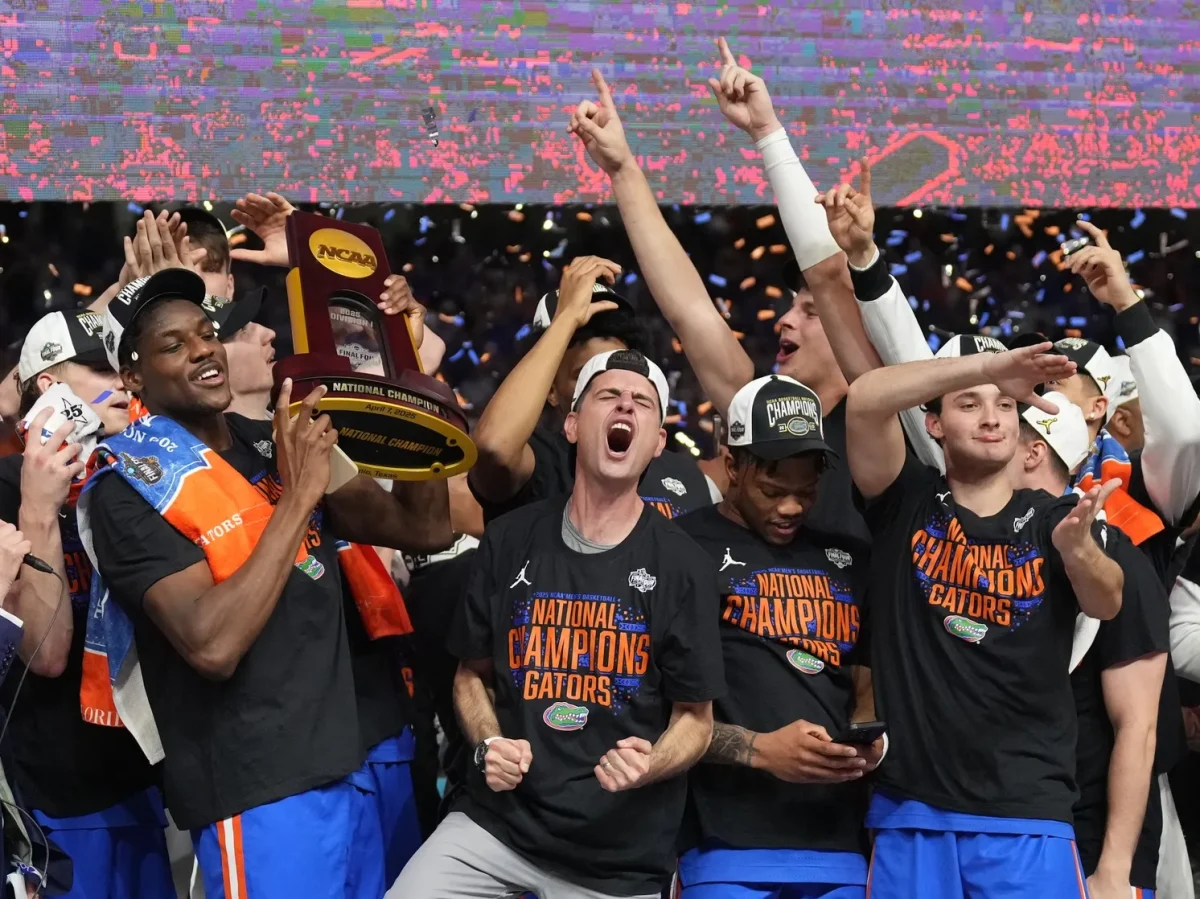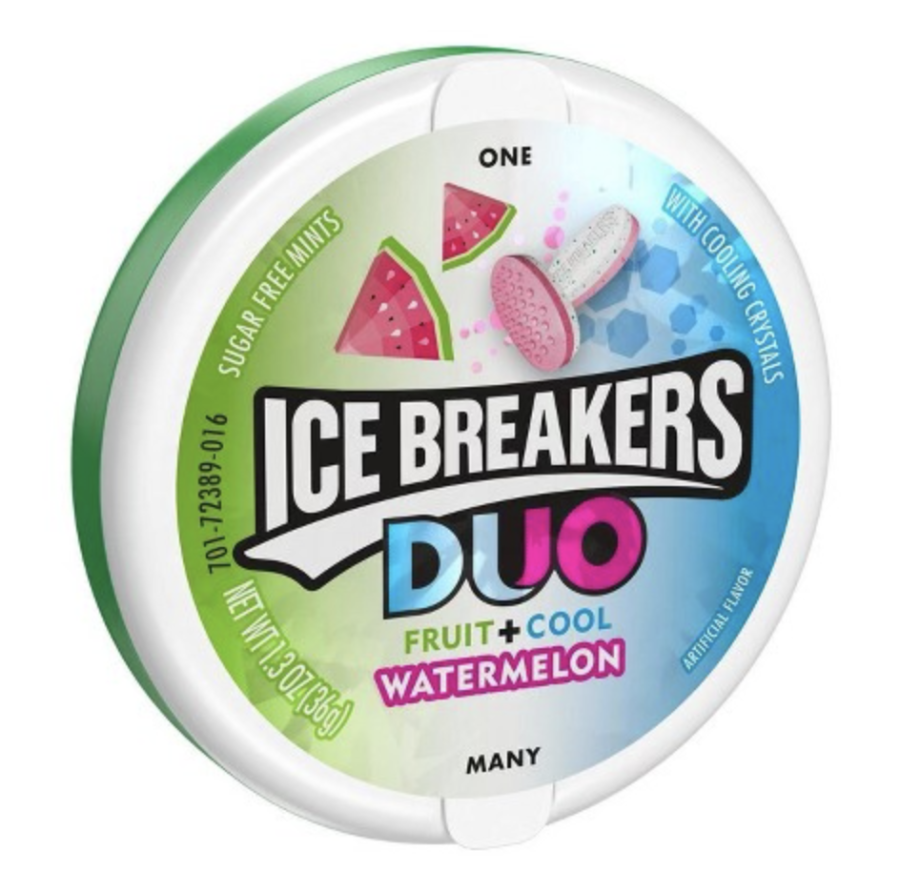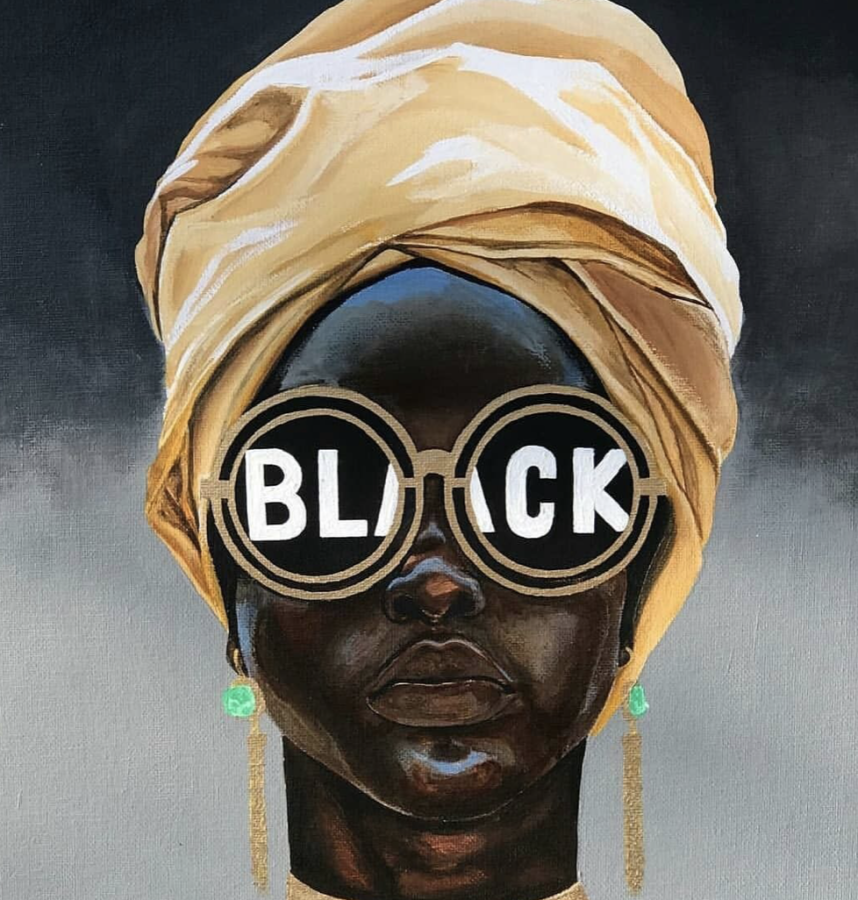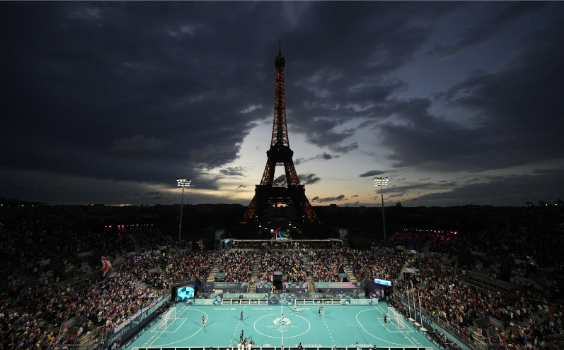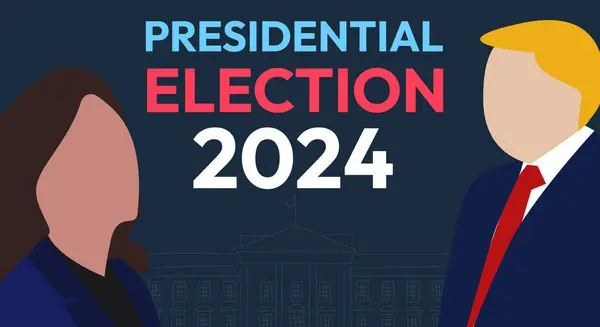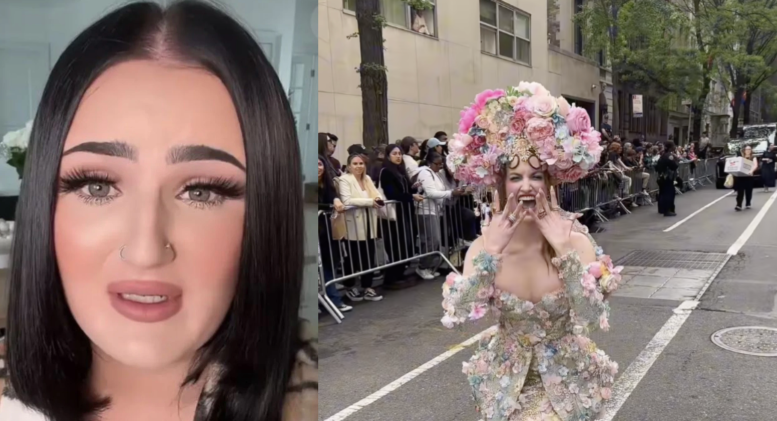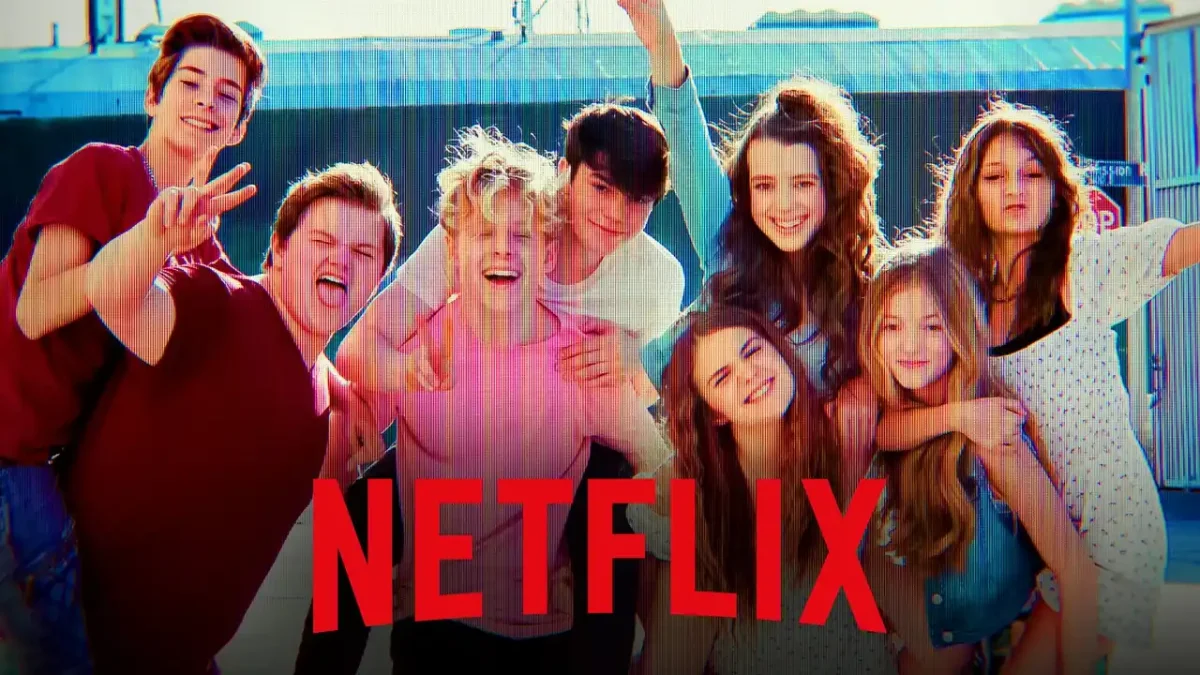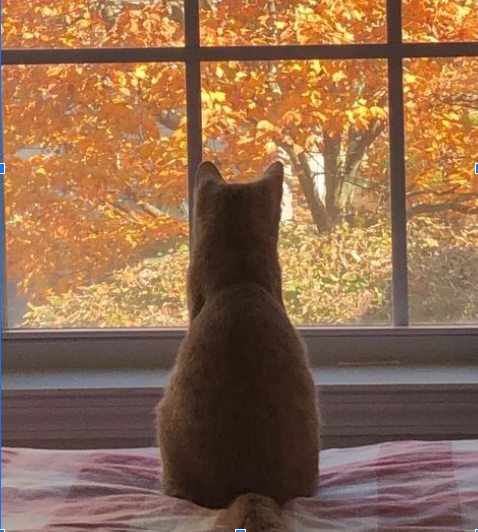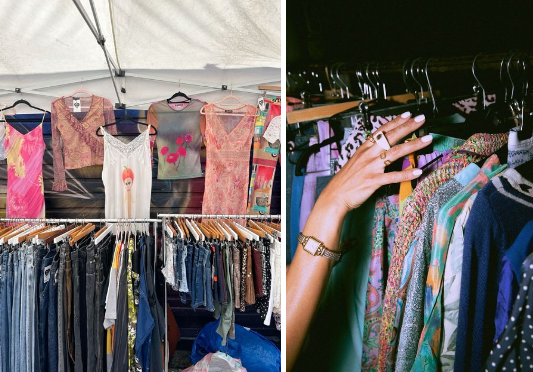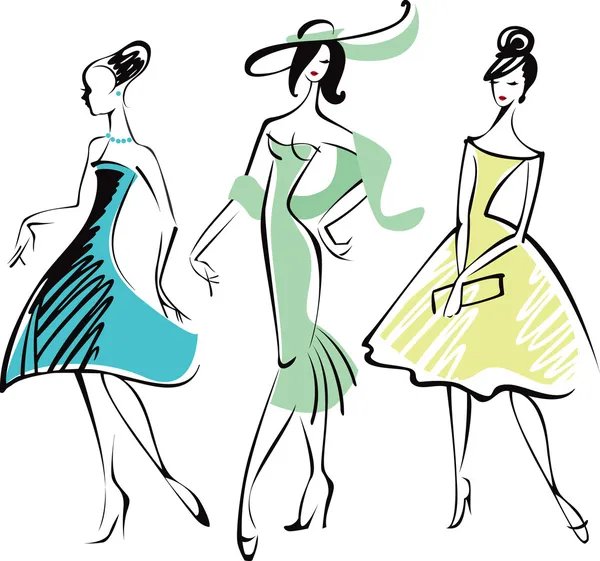
The fashion world has evolved and changed over the years, introducing new ideas and reviving old ones. People express themselves differently through their clothing choices, but recently self-expression through fashion appears to be diminishing. Fashion has always been influenced by algorithms and current trends, but the artistry of design is affected by mass production. Social media constantly introduces new trends, making fashion feel less personal.
Simon Crompton, a journalist specializing in permanent style reflects, “everyone here is so cynical about each new brand that comes in. It just seems to be about money. No brand is interested in real design; they’re just pushing out new things to grab as much as possible”.
Many individuals feel cynical about the arrival of new brands. They believe that the primary focus is on companies’ financial gains, and genuine interest in authentic design seems to be lacking. Brands are often seen as focused on releasing new products with the sole intention of maximizing profit, potentially overlooking the aspects of originality and design creativity.
Global Fashion Agenda states, “a common thread throughout youth culture is the search for identity, validation, and a feeling of belonging. Traditionally, subcultures may have indeed offered an antidote to these needs – giving participants a sense of community and purpose with like-minded individuals. Today’s vague, elusive, and ever-changing trends which exist primarily on mobile phones, do not offer the same kind of experience”.
Elyse Brown of the Berkeley Grab writes, “it was easy to slip down the path of mindlessly following trends rather than creating my own style. Problems arise when the definition of trendy changes so quickly that it promotes the overconsumption of fast fashion. Constant engagement with these microtrends can also be harmful to individuality”.
The fashion world and social media now go hand in hand, and everyone is trying to keep up with the latest trends. TikTok has fostered a home to many “micro-trends” that gain popularity and then slowly decline. Fast fashion promotes the loss of genuine, authentic self-expression in fashion. It produces micro trends and deviates from the artistry of fashion. It slowly confines people to trends and promotes styles that die down fast. As fast as one can afford to buy a trendy item is as fast as it goes out of style nowadays.
Uphance, an apparel business manager of fashion, says, “the speed at which trends come and go has accelerated, pushing brands to keep pace with a cycle that is ever-spinning. The pressure to remain relevant in the fast-moving streams of social feeds can lead to a homogenization of style, where uniqueness is drowned out by the noise of what’s trending”.
The relentless churn of fast fashion and the high speed of social media trends have created a sense of fashion fatigue. Originality feels increasingly elusive, replaced by a constant pressure to conform to the latest fleeting trend. Perhaps this is the moment for a fashion renaissance: it is a time to rediscover the joy of personal style, embrace individuality over conformity, and value quality and timelessness over fleeting trends.








